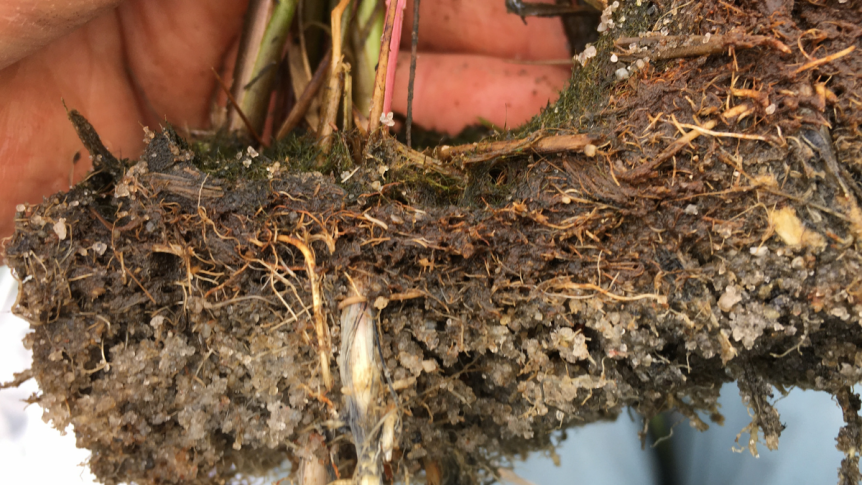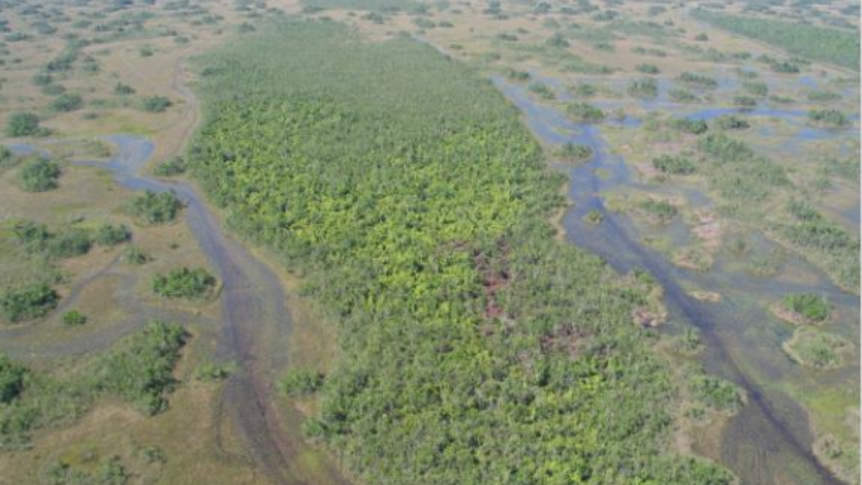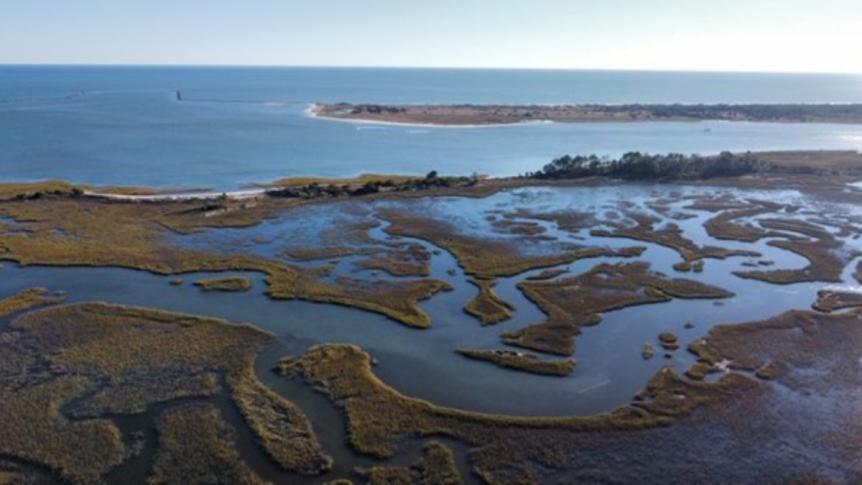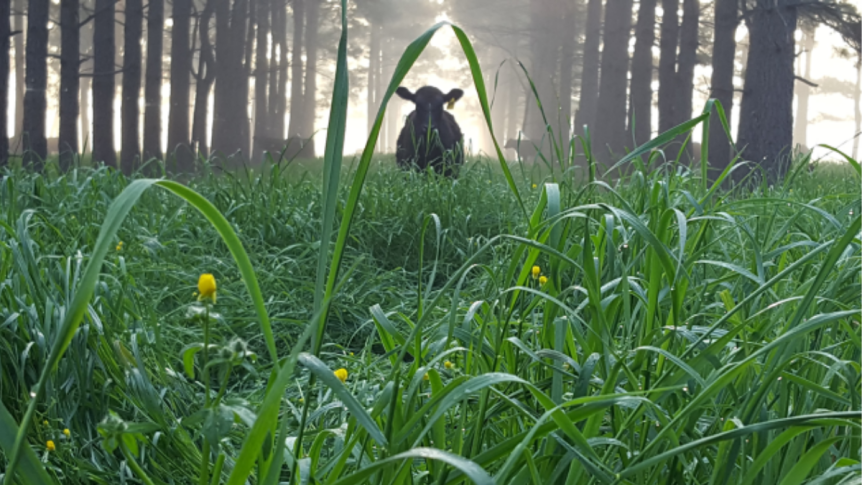Tidal marshes are wetlands that are covered with incoming tidal water twice a day. These marshes may be as small as narrow fringe along a tidal creek or miles across in estuaries with adjacent flat landscapes. There are nearly 40 million acres of tidal marshes along the Atlantic, Gulf, and Pacific shores of the US. … Continue reading How do tidal marshes store carbon?
Tag: carbon storage
What is a tree island, and how does it help with carbon storage?
We explored how coastal areas are capable of storing carbon at a great capacity in a recent blog. The Everglades in southern Florida are also known as a reserve of carbon storage. Some areas of the Everglades have “tree islands” and a recent study showed they are capable of storing more carbon and other nutrients … Continue reading What is a tree island, and how does it help with carbon storage?
What is blue carbon, and why is it important?
“Blue carbon” is a term for carbon captured by the world’s oceans and coastal ecosystems. Mangrove forests, tidal marshes, and seagrass beds are the main vegetated coastal areas that store vast amounts of blue carbon. It’s not really blue – it’s named after the color of the ocean. But blue carbon is an important tool … Continue reading What is blue carbon, and why is it important?
What drives roots’ decomposition and carbon storage in grassland soils?
You most likely know that roots are important for grasses to grow, but the roots help do other things, too. They build soil carbon and support other life forms in soil. But did you know that various management tactics can force grass roots to break down, decompose, and add to the stored carbon pool in … Continue reading What drives roots’ decomposition and carbon storage in grassland soils?
What happened to Alaska’s soils during the 2019 fires?
Alaska was on fire in the summer of 2019. It was the hottest summer on record for the state, and the driest on record in southcentral Alaska. For the first time ever, “extreme drought” conditions were declared. A typical summer in Alaska sees rain in May, a drier June, followed by increasing rain until winter. … Continue reading What happened to Alaska’s soils during the 2019 fires?





